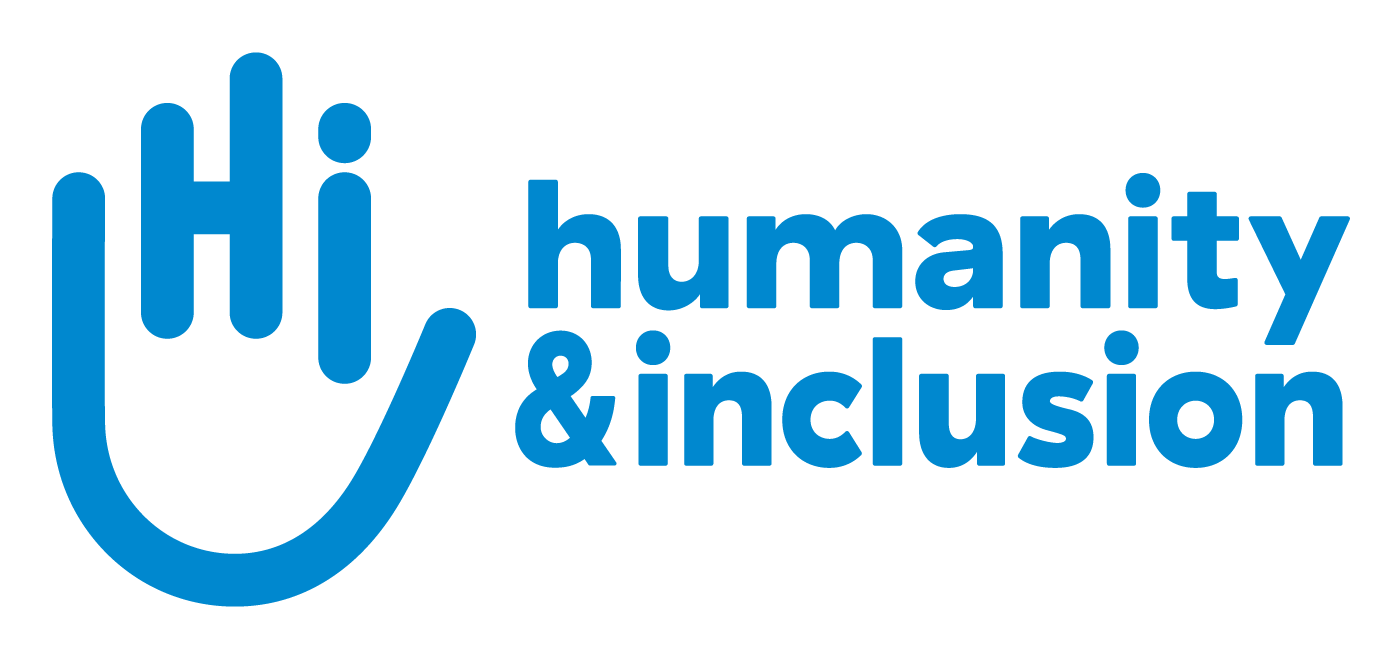Latest news
By country
By activity
- Rights (116)
- Emergency (641)
- Rehabilitation (455)
- Prevention (96)
- Inclusion (267)
- Health (188)
- Explosive weapons (337)
- Event (16)
- Covid-19 (5)
By publication date
Mozambique: Recovering and rebuilding four months after Cyclone Chido 05/07/25
In December 2024, northern Mozambique was hit by a powerful cyclone. HI has stepped in to bring relief to the population, providing psychological support and helping to prevent the spread of disease.
- Mozambique
Emergency situation in Colombia: the Catatumbo crisis displaces more than 50,000 people 05/07/25
In northeastern Colombia, violence between non-state armed groups has forced tens of thousands of people to flee their homes. Needs for health, hygiene, protection and education are skyrocketing.
- Colombia
Building resilience to trauma through psychological support 04/30/25
Due to the crisis shaking the region, there are hundreds of thousands of displaced people in Mali. Thanks to funding from the EU, HI and its partners are on the ground providing mental health support.
- Mali
Yemen: Explosive Devices Everywhere 04/28/25
Yusuf is 15 years old. He was injured by an exploded ordnance one day while he was out herding sheep. In Yemen, contamination by explosive ordnance is a constant danger for everyone.
- Yemen
Mali: Helping people displaced by violence regain their confidence and dignity 04/28/25
Assagid Ag Mohamed was forced to flee his home with his family. He now lives in a camp for displaced people near Gao, where he is finding support and rebuilding his life as he waits to return home.
- Mali
In Madagascar, Odile is striving for more inclusive cyclone risk management 04/28/25
Odile, a survivor of cyclone Gamane, which ravaged northern Madagascar at the end of March 2024, is calling for more inclusive management of climate disaster risks.
- Madagascar
Demining so that people can use their land again 04/23/25
Mine clearance is vital for many people in Iraq, as lands and villages remain contaminated by years of war.
- Iraq
Myanmar: HI's vital support for earthquake survivors 04/18/25
While thousands of people displaced by the earthquake in Myanmar are living in improvised shelters and camps, HI's mobile teams are responding to the most urgent needs.
- Myanmar
Gloria’s mission, humanitarian demining in Colombia 04/17/25
In the lush mountains of San Mateo, the courageous Gloria is helping to remove landmines and bring peace and security to local communities.
- Colombia
Venezuela: Mobilization for the release of Alberto and Rafael 04/15/25
For the past five months, Alberto Trentini and Rafael Ubiel Hernandez Machado have been detained without charge by the Venezuelan authorities. HI is calling for everyone to mobilize.
- Venezuela
Mandalay: A city in ruins 04/09/25
The toll of the earthquake in Myanmar continues to rise: 4,316 people have lost their lives, and 6,588 have been injured. HI is still on the ground, providing assistance to those affected.
- Myanmar
"We need help": Burmese rescue workers in the midst of the chaos 04/09/25
One of Humanity & Inclusion's partners in Myanmar is an ambulance organization that has been mobilized since the first hours after the earthquake in Mandalay. A week on from the disaster, they recount their experience.
- Myanmar
In Cambodia, three lives transformed by rehabilitation 04/07/25
HI's rehabilitation teams work with children and adults with disabilities to help them live with dignity and gain greater autonomy.
- Cambodia
Mushange’s journey to education in Uganda 04/02/25
Mushange, 13, lives in Uganda. She is full of big dreams and determination. Thriving at school and making new friends, she's looking to the future with hope and confidence.
- Uganda
In Uganda, Salama can move again and is back at school 04/02/25
After living in isolation for several months because of his disability, young Salama returns to school and dreams of becoming a doctor.
- Uganda


















